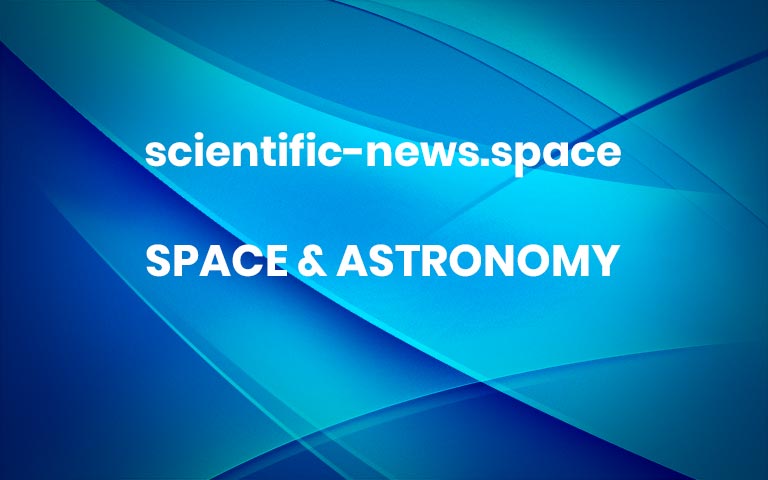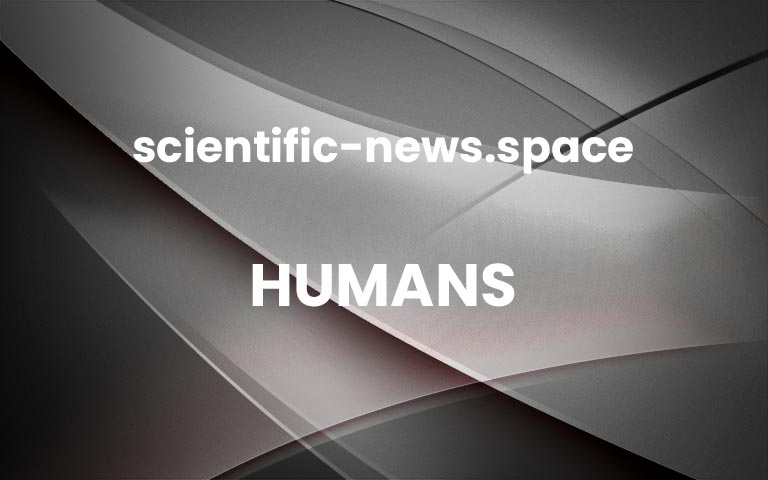The James Webb Space Telescope spied the earliest born stars yet seen
Some of the earliest stars yet seen are now coming to light in one of the first images from the James Webb Space Telescope.
Formed roughly 800 million years after the Big Bang, the stars live in dense groups called globular clusters and surround a distant galaxy dubbed the Sparkler, astronomers report in the Oct. 1 Astrophysical Journal Letters. Globular clusters often host some of the oldest stars in contemporary galaxies such as our own, but it’s hard to tell their exact age. The new finding could help researchers pinpoint when such clusters began to form.
Sign Up For the Latest from Science News
Headlines and summaries of the latest Science News articles, delivered to your inbox
Thank you for signing up!
There was a problem signing you up.
Compared to a galaxy, globular clusters are tiny, which makes them hard to see from across the universe. But this time, a gargantuan natural lens in space helped. The Sparkler is one of thousands of galaxies that lie far behind a massive, much closer galaxy cluster called SMACS 0723, which was the subject of the first publicly released science image from the James Webb Space Telescope, or JWST (SN: 7/11/22). The cluster distorts spacetime such that the light from the more distant galaxies behind it is magnified.
For all those remote galaxies, that extra magnification brings out details that have never been seen before. One elongated galaxy surrounded by yellowish blobs got the attention of astronomer Lamiya Mowla and her colleagues.
“When we first saw it, we noticed all those little dots around it that we called ‘the sparkles,’” says Mowla, of the University of Toronto. The team wondered if the sparkles could be globular clusters, close-knit families of stars that are thought to have been born together and stay close to each other throughout their lives (SN: 10/15/20).
“The outstanding question that there still is, is how were the globular clusters themselves born?” Mowla says. Were they born at “cosmic noon,” 10 billion years ago, when star formation throughout the universe peaked? Or did they form 13 billion years ago at “cosmic dawn,” when stars were first able to form at all (SN: 3/4/22)?
Light from the Sparkler takes about 9 billion years to reach Earth, so if the sparkles are globular clusters that shone that long ago, they might help astronomers answer that question.
Zooming into one part of JWST’s image of the galaxy cluster SMACS 0723, astronomers zeroed in on the yellow dots around this one elongated background galaxy, which they called the Sparkler. Some of the dots may be globular clusters of same-age stars formed just a few hundred years after the Big Bang.L. Mowla et al/The Astrophysical Journal Letters 2022
Mowla and her colleagues used data from JWST to analyze the wavelengths of light coming from the sparkles. Some of them appear to be forming stars at the time when their light left the clusters. But some had formed all their stars long before.
“When we see them, the stars are already about 4 billion years old,” says astrophysicist Kartheik Iyer, also of the University of Toronto.
That means the oldest stars in the sparkles could have formed roughly 13 billion years ago. Since the universe is 13.8 billion years old, “there’s only a short amount of time after the Big Bang when these could have formed,” he says.
In other words, these clusters were born at dawn, not at noon.
Studying more globular clusters around ancient galaxies could help determine if such clusters are common or rare early on in the universe’s history. They could also help unravel galaxies’ formation histories, say Mowla and Iyer. Their team has proposed observations to be made in JWST’s first year that could do just that.
Being able to pick out tiny structures like globular clusters from so far away was almost impossible before JWST, says astronomer Adélaïde Claeyssens of Stockholm University. She was not involved in the new work but led a similar study earlier this year of multiple galaxies magnified by the SMACS 0723 cluster.
“It’s the first time we showed that, with James Webb, we will observe a lot of these type of galaxies with really tiny structures,” Claeyssens says. “James Webb will be a game changer for this field.” More



